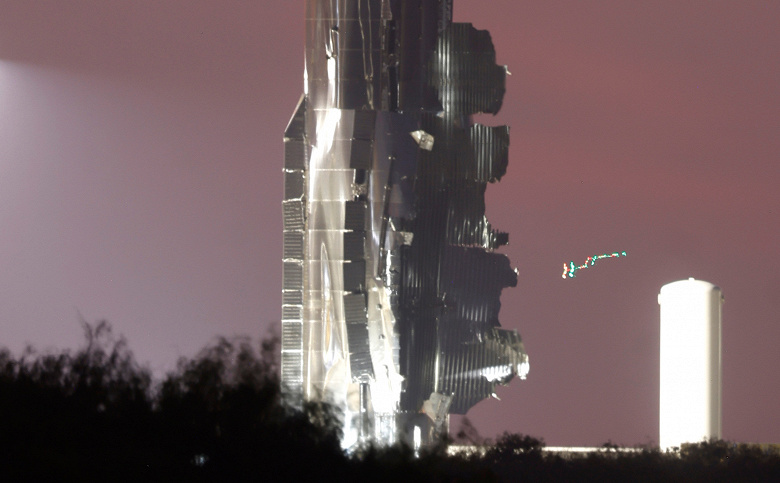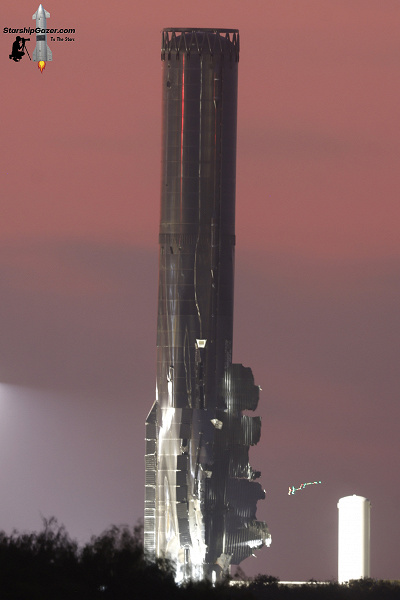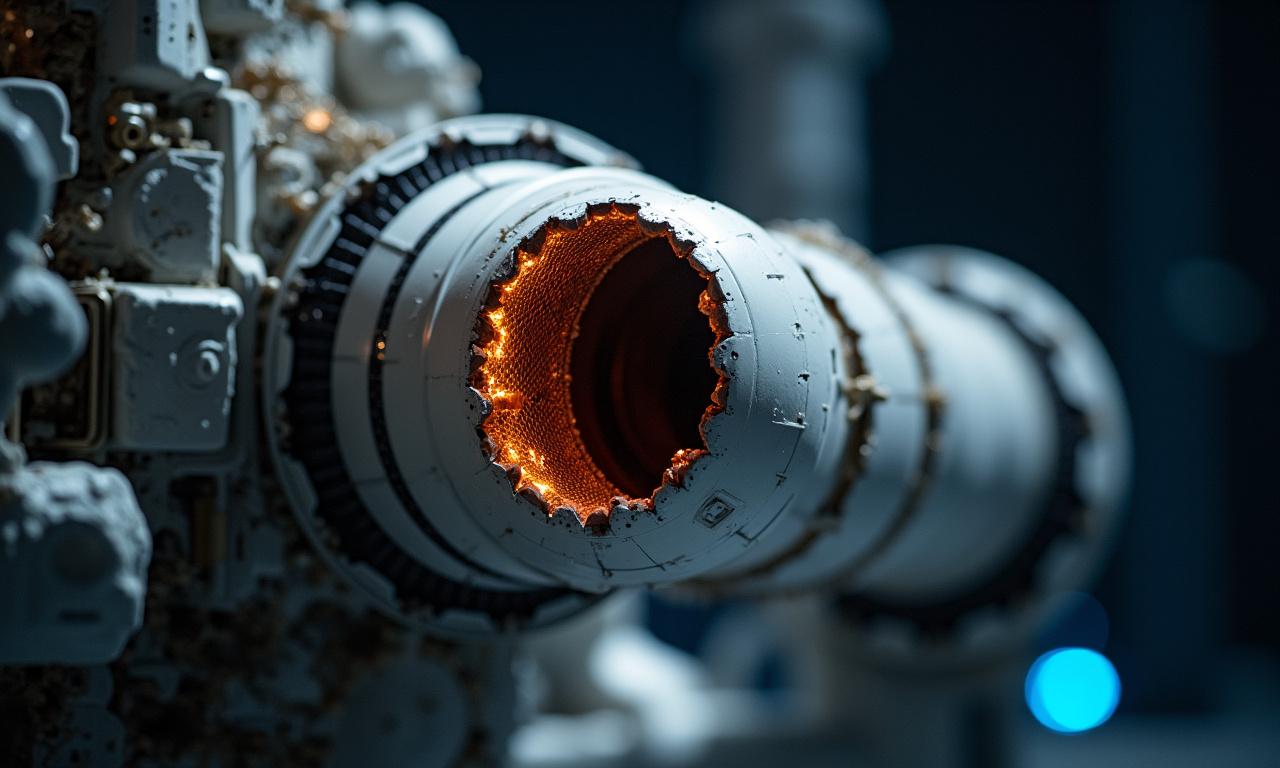After Booster 18, which was set to be the debut Super Heavy booster for the next generation Starship, was destroyed, Starshipgazer published a new close-up photo showcasing the scale of the damage.

Judging by the published videos and footage, the device ruptured during the early phase of cryogenic tests that were announced earlier. SpaceX regularly conducts so-called “wet” tests, during which the tanks of both the Super Heavy booster and the Starship itself are fully filled with liquid oxygen and liquid methane at extremely low temperatures. Booster 18 was supposed to open the test cycle of the updated V3 architecture, which includes redesigned fuel lines and a reinforced power frame. This version is meant to be a critical step toward further increasing thrust and improving the reliability of Starship.

Now, engineers need to thoroughly study the nature of the damage and determine how it will affect the schedule of future Starship tests. Recall that the booster was previously taken out of the production hangar and sent for cryogenic tests in Masseys.
Recent updates indicate that after examining the damage, SpaceX engineers are focusing on increasing the structural resilience of the design to prevent similar occurrences in the future. The cryogenic tests, which are crucial, simulate flight conditions to ensure the structural integrity of the vehicle when filled with cryogenic propellants under launch pressures. This stage is essential to prevent failures that could arise from material or design shortcomings.
In the aftermath of Booster 18’s failure, SpaceX continues to refine its design; recent adjustments are aimed at optimizing material choice and internal configurations to enhance durability. These improvements are expected to aid future tests set to commence shortly, as the company remains on track with its ambitious timeline to develop a fully reusable spacecraft that would not only replace Falcon rockets but also facilitate lunar and Martian missions.









